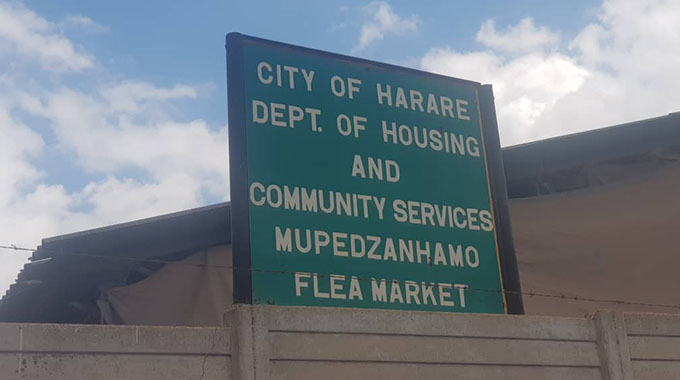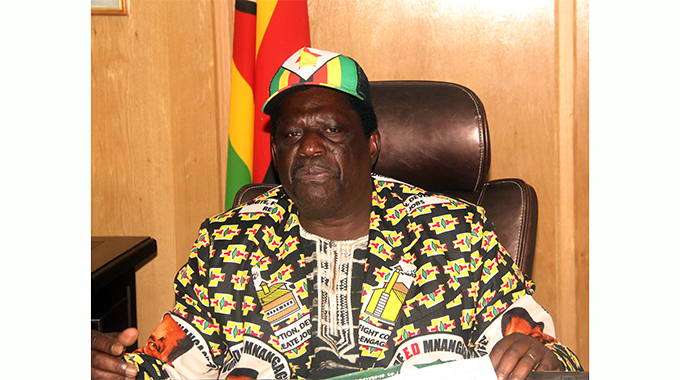Vet Dept steps up blitz on tick diseases

Elita Chikwati
Agriculture Reporter
The Department of Veterinary Services is in the process of training its officers on the correct application of tick grease on livestock as part of Government efforts to contain the Theileriosis popularly known as January disease.
The tick grease which will be handed over to one million households under the Presidential Livestock Scheme will be used in-between dipping sessions.
Theileriosis, a tick-borne disease is common between December and March and is most prevalent in January hence the name January disease.
DVS chief director, Dr Josphat Nyika yesterday said there has been an increase in tick-borne diseases in some areas and urged farmers to step up dipping to kill nymphs.
Dr Nyika said the nymphs develop in September and this explains the spike of the outbreak.
“This is what is manifesting. We advise farmers to resort to weekly dipping. Farmers should intensify dipping to kill nymphs, popularly known as paper ticks before they grow into adults and continue to propagate and lay eggs.
“We encourage farmers to apply tick grease in the ears, under the tail and on the tail brush which are feeding sites of the brown ear tick which transmits January disease,” he said.
Dr Nyika said the programme of training veterinary staff to later train staff was sat full throttle.
“The programme is at full throttle of implementation and after the training of veterinary officers, they will also train farmers on the correct application of tick grease before distribution.
“The tick grease application programme is augmenting the national dipping programme. In an outbreak area, livestock should be dipped three times in two weeks on a 5,5,4 interval,” he said.
The blitz on tick grease programme will involve provision of one kilogramme of tick grease per household targeting 1 000 000 households at a total cost of $ $500 000 000.
Tick grease application is critical and essential to contain the current January Disease outbreak which has affected over 2 000 dip tanks in 25 out of the 63 districts.
The Livestock Growth Plan is part of the Agriculture and Food Systems Transformation Strategy, which seeks to achieve an US$8.2 billion agriculture economy by 2025 capable of anchoring and propelling Zimbabwe towards the Vision 2030 goal of an upper middle-income economy.
The Livestock Growth Plan seeks to grow the livestock sector to a US$8.5 billion economy by 2025.
The growth plan is anchored on coordinated multi-stakeholder responses to livestock value chain challenges. The public sector interventions will be expected to leverage private sector and development partners’ funding through existing or new projects, especially those aimed at scaling up successful interventions.








Comments